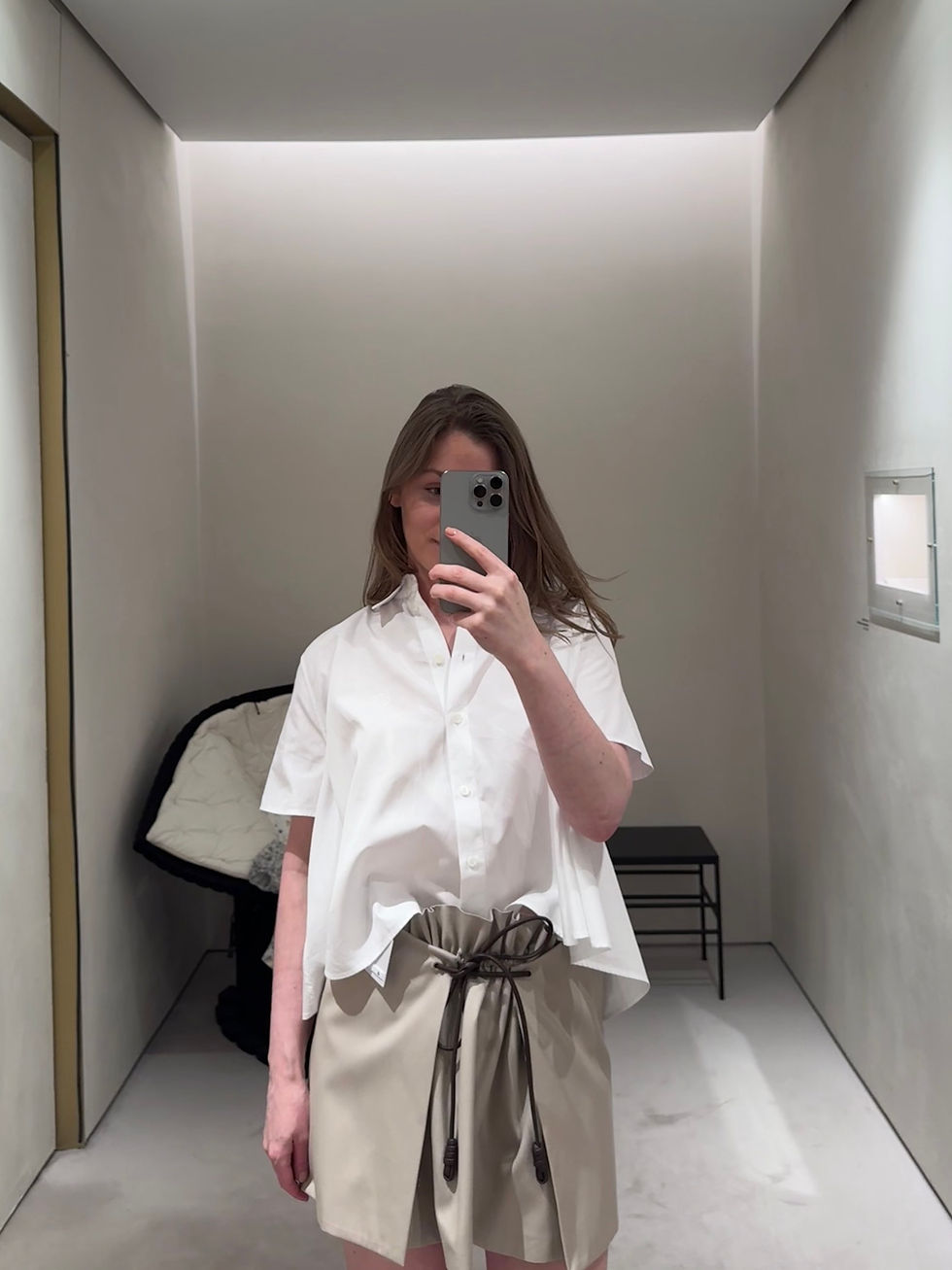A few thoughts on Chanel
- Marina 2Jour

- May 21
- 3 min read
I’ve been waiting for the limited disclosure of their 2024 financial results, which, as in previous years, usually comes in May.
1. Investments in brand-support activities at $2,45 billion account for 13,16 % of revenue of $18,7 billion—which is significantly more than in other luxury brands and groups (usually 8–10 %).
2. The Chanel 25 handbag, described as a huge success, has some reasons behind it. The brand’s activities to make it visible followed the very same playbook so much loved by Prada, Miu Miu, Louis Vuitton and Gucci. Social media are flooded with the model, carried by every second influencer. Unlike those brands, it isn’t labeled as part of an ad (though it obviously is a marketing campaign), so it could be perceived more or less as a native placement. I’m not entirely sure such marketing is right for the brand. What I am sure of is that a significant part of sales was driven by aspirational customers—some of whom were lost due to previous decisions.
3. One of those decisions was a price hike on the most recognizable classic flap bag—the Classic 11.12—raising its price above the psychological $10k threshold. In an attempt to reanimate perception, at the beginning of April the brand conducted a tour of the workshop (which in the coverage they call a “factory,” oh) that manufactures these bags. The resulting material was a communications failure and only compounded perception issues and quality questions. How this perception could be restored by a very simple—but also quite challenging—solution I wrote about here, in the article on the factory story.
4. RTW was labeled one of the best-performing product lines last year. The aesthetic of Chanel clothing is maximally close to the Ruler archetype. Clients who choose it are usually women with strong careers (and therefore high-paying roles) who can be quite conservative in their tastes. Once a client—client for life. Well, maybe not the entire life, but definitely long-term. Add to that high resilience to external economic fluctuations. And while critics debate design choices, my own observation is this: Chanel pieces fit exceptionally well. Beyond the design itself, the execution and attention to detail deliver an excellent fit. Chanel lookbook at 2Jour Stylist platofrm is here.
5. What Chanel has somewhat lost is the dialogue with a younger audience—one whose tastes and purchasing power may be less stable, yet who contribute significantly to visibility. If that lightness and daring returned—both in the clothes themselves and in the styling (which now feels heavy and grounded)—bringing back touches of the Innocent and Rebel archetypes, sales would surely rise. For now, Chanel reaches those customers primarily through bags and shoes.
6. Two questions remain open for me. Although management has dismissed the idea of a menswear line, I suspect they’re hedging: for two months major fashion publications have been flirting with “Should Chanel launch a menswear line?” articles—and such unanimity usually signals a planned communications campaign, at least to probe the waters. I therefore lean toward believing menswear will appear—but likely not as a standalone line; rather, as a handful of pieces within the women’s shows. The second question is when Chanel will go fully online. I’m convinced it will happen: they already excel with their beauty e-shop, and in fashion they actively use their official website to showcase collections (as I discussed in my video here).



























